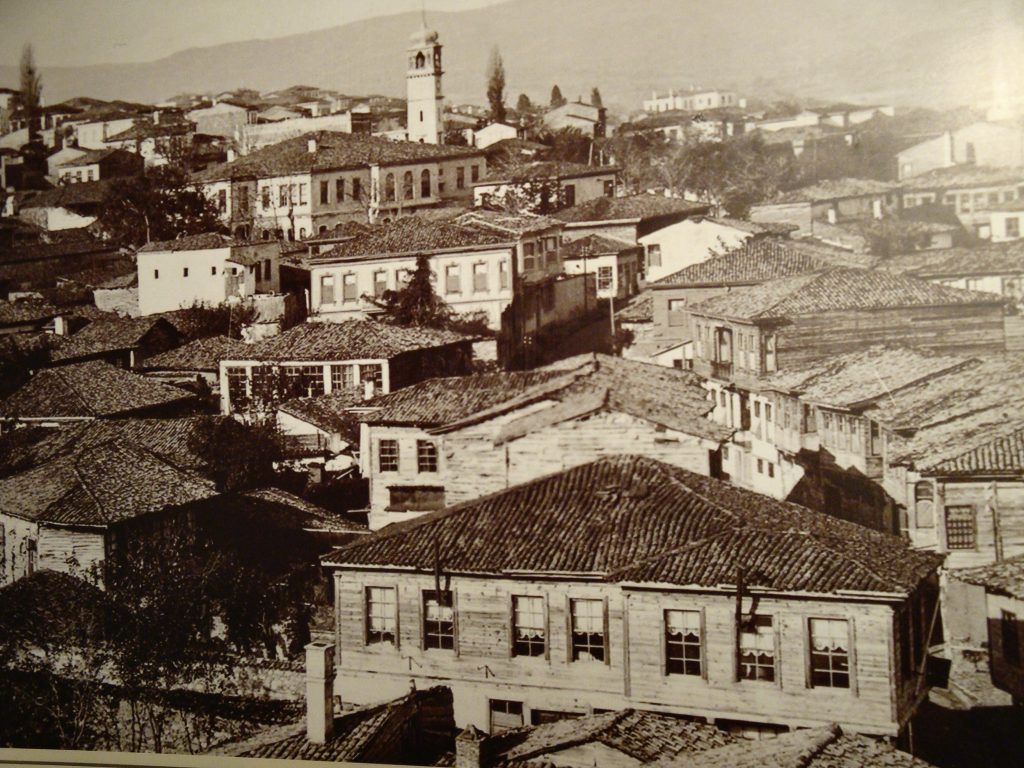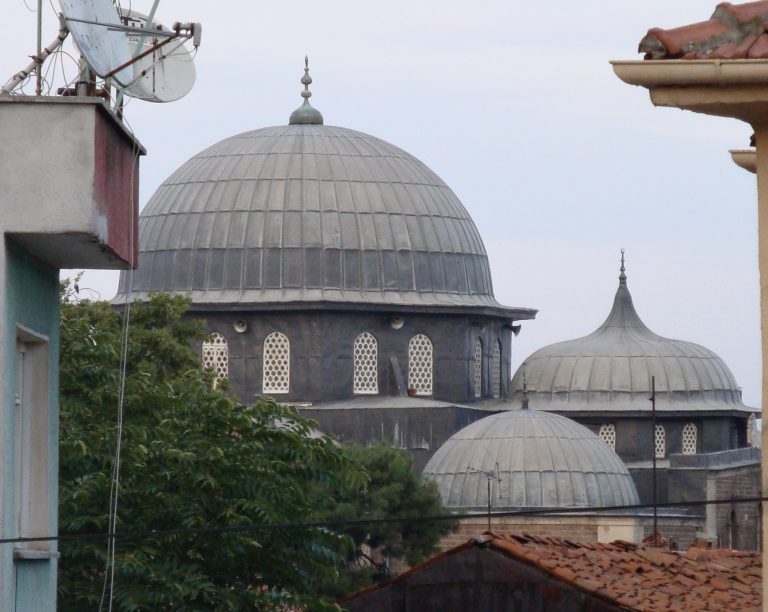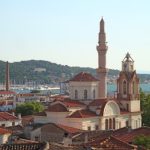“Fish-slave” Population: 342,000
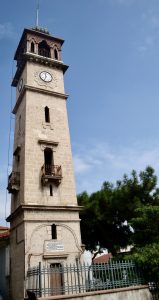 Old name: Palaeokastron
Old name: Palaeokastron
Favourite son: Süha Arın (documentary film-maker)
You’ll rarely hear anything said about Balıkesir in touristic terms even though it’s a sizeable provincial capital and a major transport intersection not too far away from İstanbul. That’s because it lacks a killer attraction, the sort of drawcard that will persuade people to embark on a fiddly journey for the sheer pleasure of anticipation. The city centre was also laid low by three disasters: an earthquake in 1897, the ravages of the Turkish War of Independence (1919-23) and terrible fire in 1950.
Around town
Balıkesir is the unexpected last resting place of a man whose name is more normally linked to that of İstanbul. Zağnos Paşa was father-in-law and grand vizier to Sultan Mehmet II (“the Conqueror”) and was by his side in the years before he captured Constantinople when they were planning the siege of the city. He took part in the building of the huge fortress at Rumeli Hisarı that made it possible for the Ottomans to cut off the Byzantine supply lines. One of the huge towers there still bears his name.
Zağnos Paşa is buried in the Ulu Cami (AKA Zağnos Paşa Cami), Balıkesir’s main mosque, in a little hexagonal tomb tacked on at the rear, alongside his wife, Sitti Nefise Hanım. The first mosque on the site dated back to the mid-15th century but it was laid low by the 1897 earthquake and had to be completely rebuilt.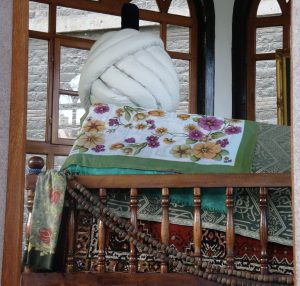
Now it stands in the centre of a thriving market area, which basks in a particular reputation for its cheeses. These can be found on sale in many of the local stores, although foodies will want to head for the specially designated Peynir Pazarı (Cheese Market) in search of the locally made kelle peyniri, a holey white sheep cheese. It’s unfortunate that it’s housed on the ground-floor of a multi-storey car park right beside the public toilets.
Near the cheese market, the covered market (hal) is a rather more inviting place in which to mooch about for an hour or so. There are cheeses on sale here, too, and you’ll also come across some delightfully old-fashioned spice shops selling remedies for every ailment you’ve ever heard of.
The historic heart of old Balıkesir is a striking clocktower that dates back to 1827. The original was apparently designed to look like the Galata Tower in İstanbul but was destroyed in the 1897 earthquake. It was replaced in 1902 with today’s more conventional five-storey offering which retains the Arabic numerals on its clockfaces. It’s topped off with a little wooden kiosk and an onion-shaped dome. The clocktower was pleasingly restored in 1962 and now serves as the symbol of the town.
 Nearby is Balıkesir’s excellent and under-visited small museum (closed Mondays), which is housed inside a building where the Alacamescid Toplantası was held on 18 May 1919. During the course of this meeting local people determined to resist the occupation of the Izmir region by the Greek army, one of the first steps in the Turkish War of Independence. It’s an event widely and proudly commemorated around town.
Nearby is Balıkesir’s excellent and under-visited small museum (closed Mondays), which is housed inside a building where the Alacamescid Toplantası was held on 18 May 1919. During the course of this meeting local people determined to resist the occupation of the Izmir region by the Greek army, one of the first steps in the Turkish War of Independence. It’s an event widely and proudly commemorated around town.
The museum houses finds from archaeological sites all over the province including those from Cyzikus, the once hugely important town near Erdek on the Sea of Marmara. If you’re planning to tour the area it’s worth dropping in here first since there’s plenty of information in English as well as several good maps showing the location of the less well-known sites.
On the surface Balıkesir is not a town that seems to have much time for its past although a photograph in the museum makes plain that it would once have been a beautiful place full of tile-roofed wooden buildings. Today the high street is relentlessly modern and you need to be pretty determined to track down any older buildings that are not either derelict or vandalised.
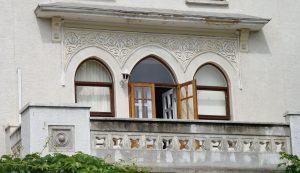
The best place to start exploring is the hilly area behind the clocktower where Kazım Özalp Caddesi still retains many old Ottoman houses in varying states of repair. Uphill the Fine Arts Department of the local university is housed in a fine 19th-century building, and up here too you’ll find a simple mosque dating back to the 14th century, a rare reminder that there was already a settlement on the site in the Middle Ages.
Aside from Zağnos Paşa one other significant person is buried in the town centre in a gracefully curvaceous tomb immediately across the road from the fish market. Karesi Bey was a 14th-century local emir who set up the beylik of the Karesioğulları that held control of the surrounding area until the Ottomans snatched it in 1345. Like so much else in Balıkesir, the original tomb fell foul of the 1897 earthquake and was rebuilt in 1922. No one knows who’s buried beside Karesi Bey although it would be reasonable to assume it was members of his family.
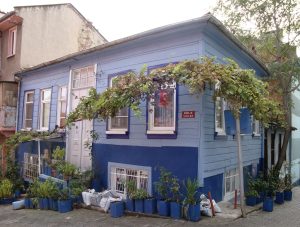 Sleeping
Sleeping
Hotel Bengi. Tel: 0266-244 1010
Hotel Grand Yılmaz. Tel: 0266-249 1874
Otel Çömlek. Tel: 0266-249 2783
Travel info
It’s easy to get to Balıkesir either by bus from Bandırma or from Edremit on the Aegean coast. The bus station is some way out of town and there are no servis buses, just a normal town bus service which results in some delays.
Day trip destinations
